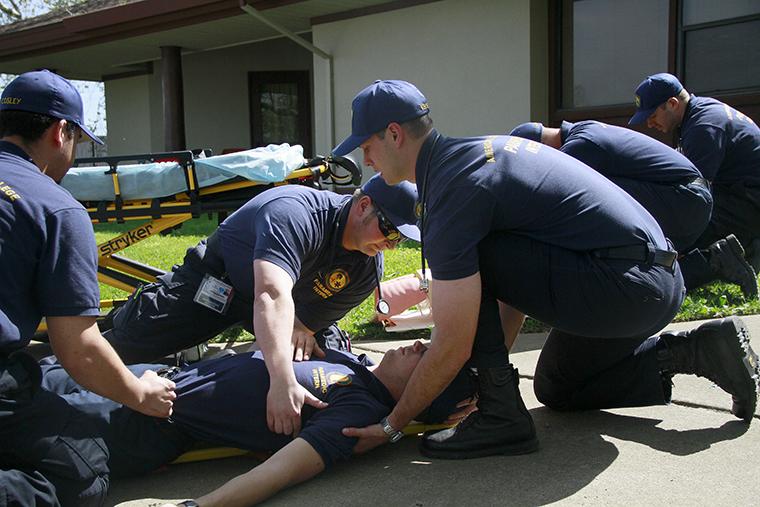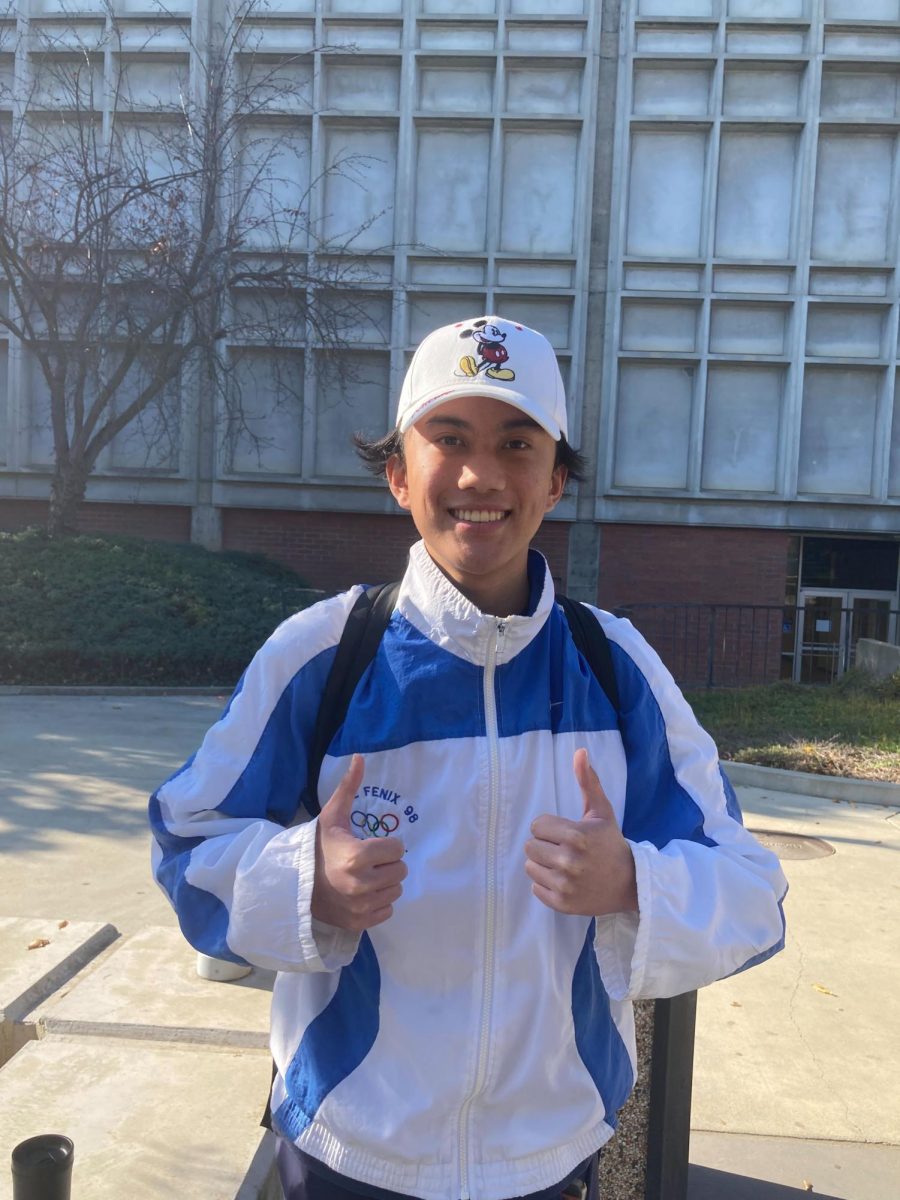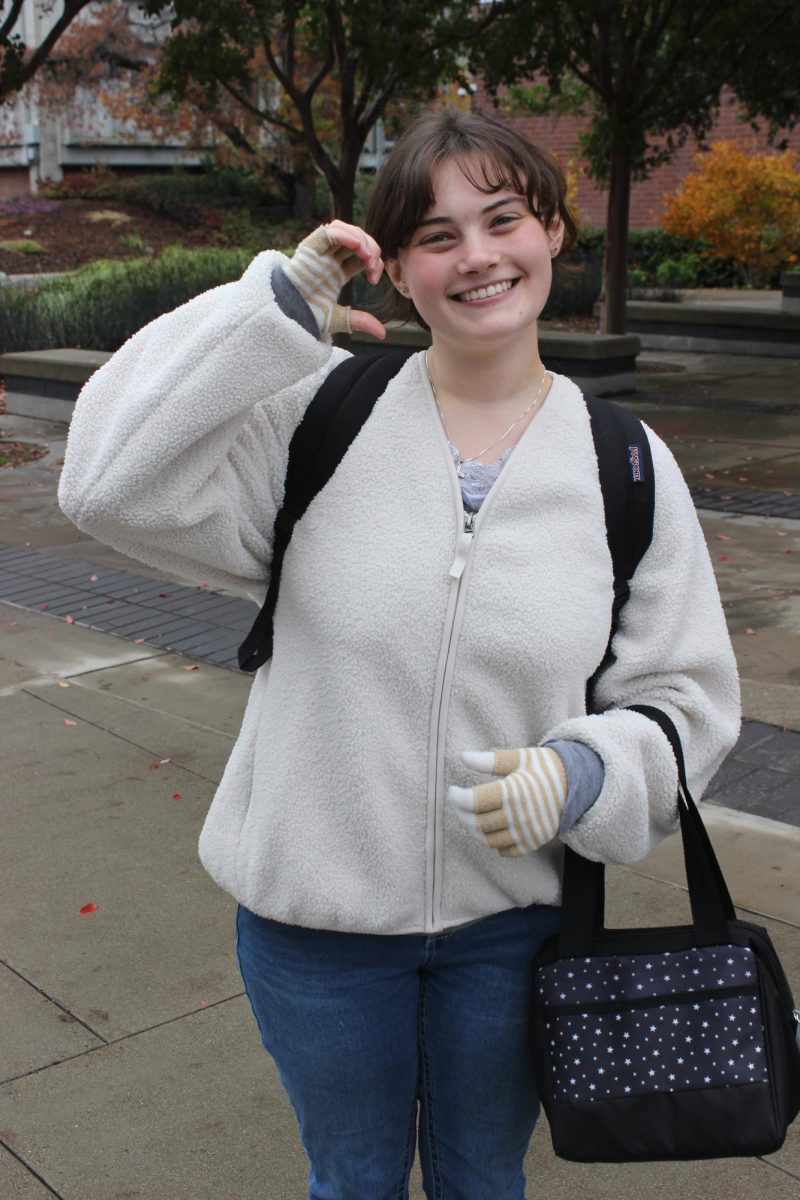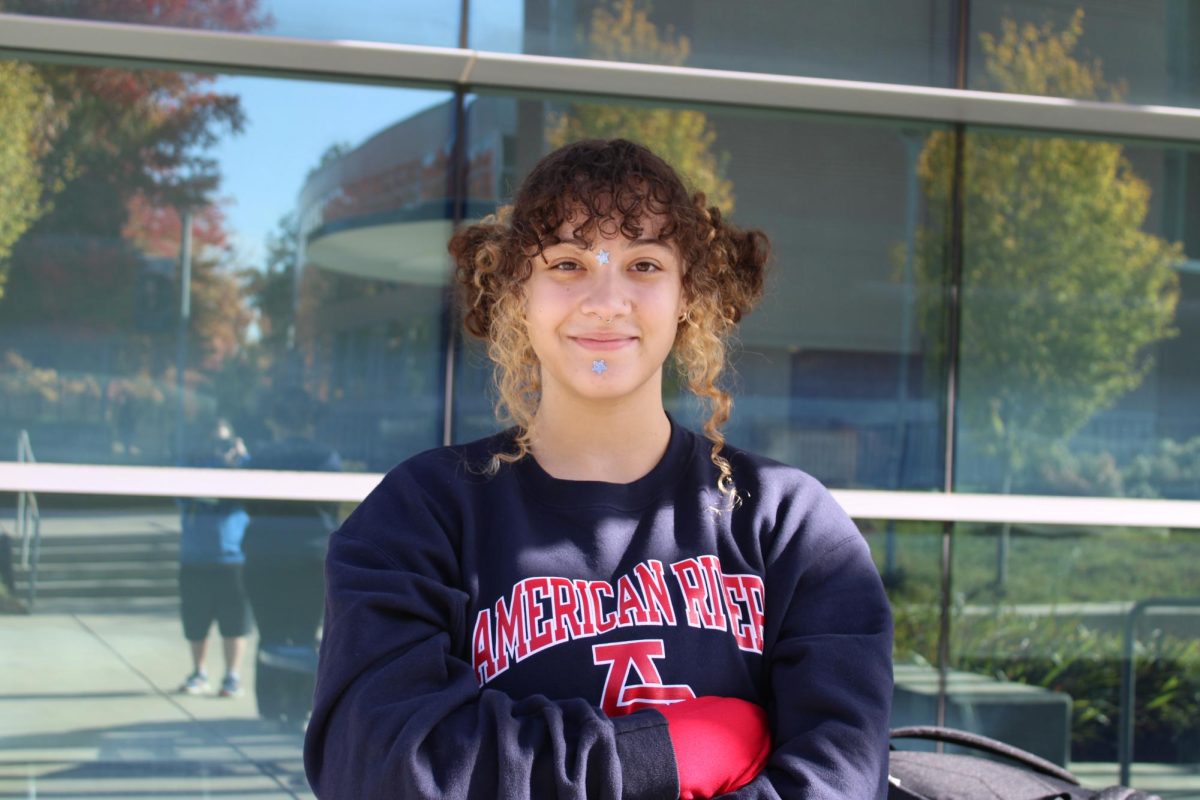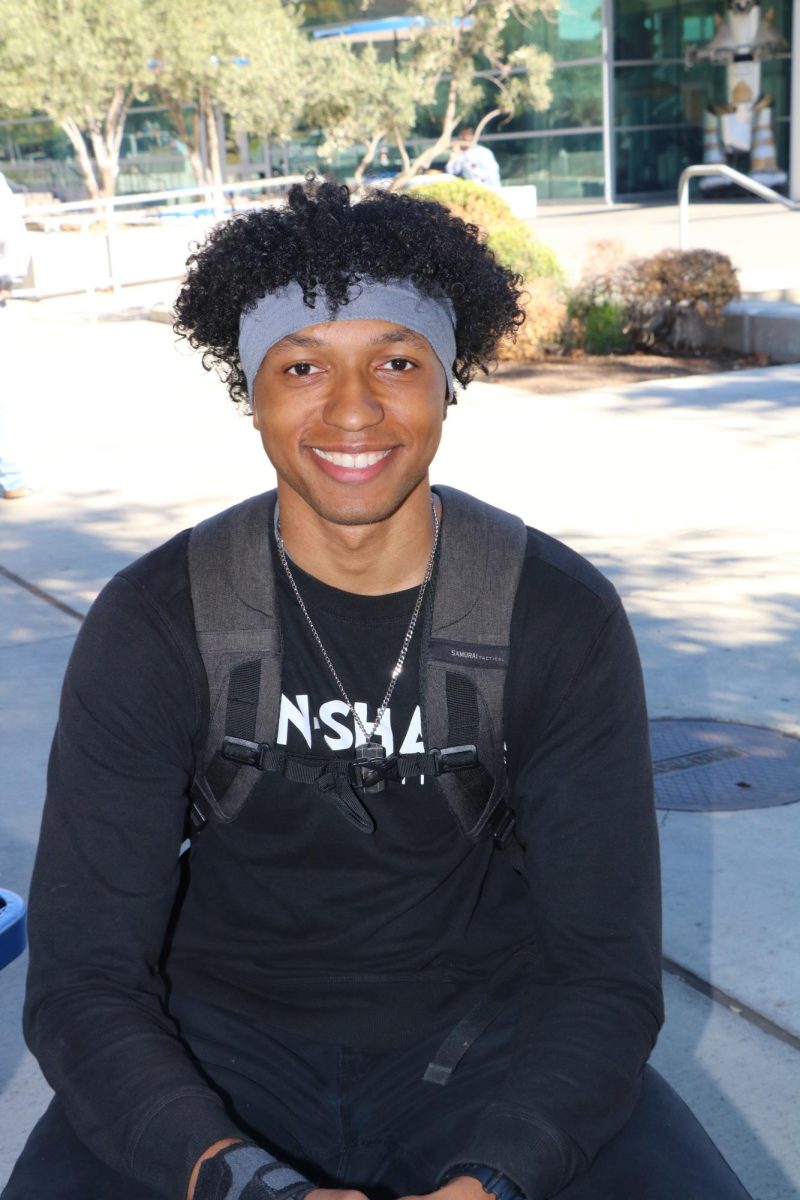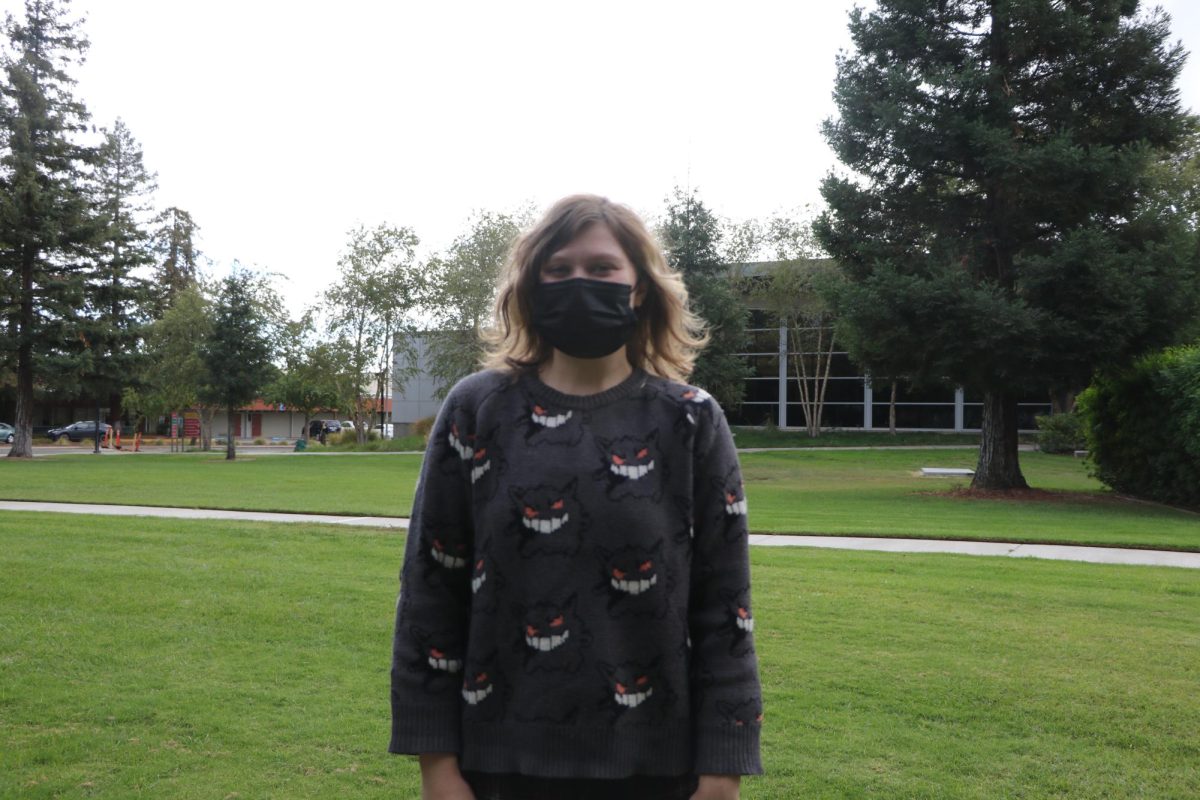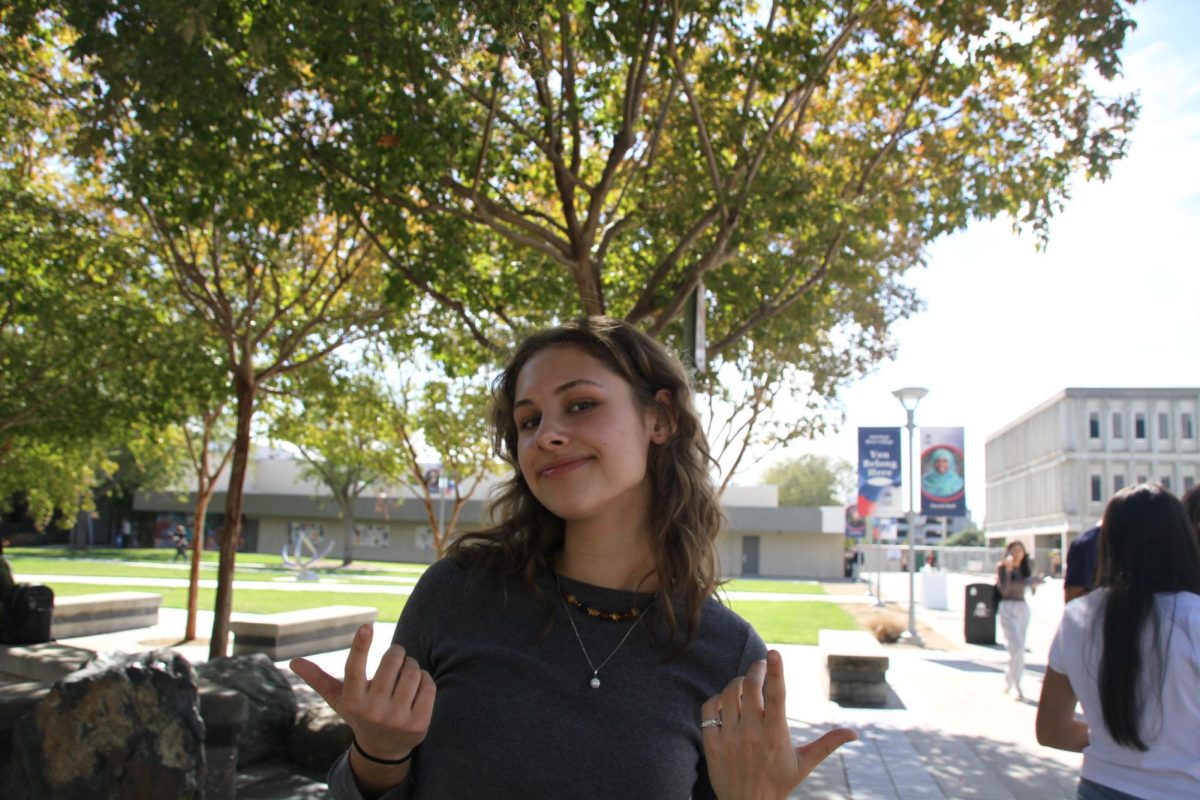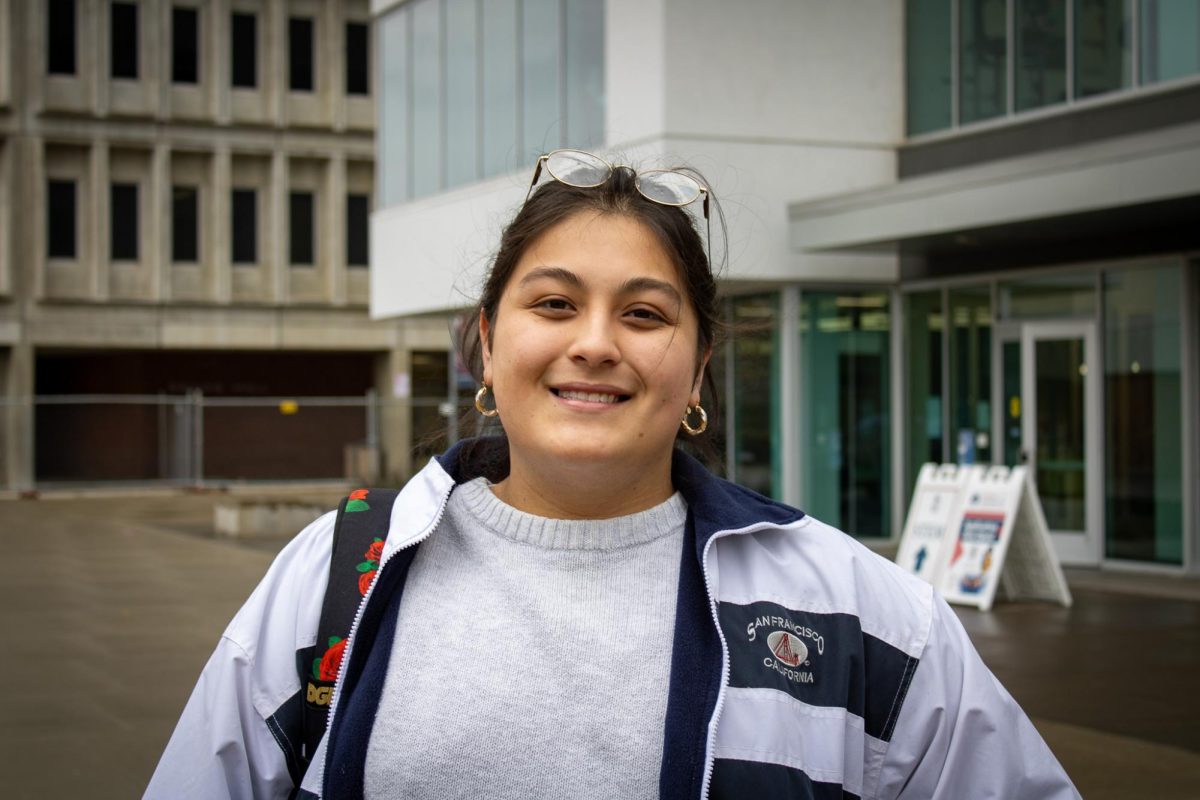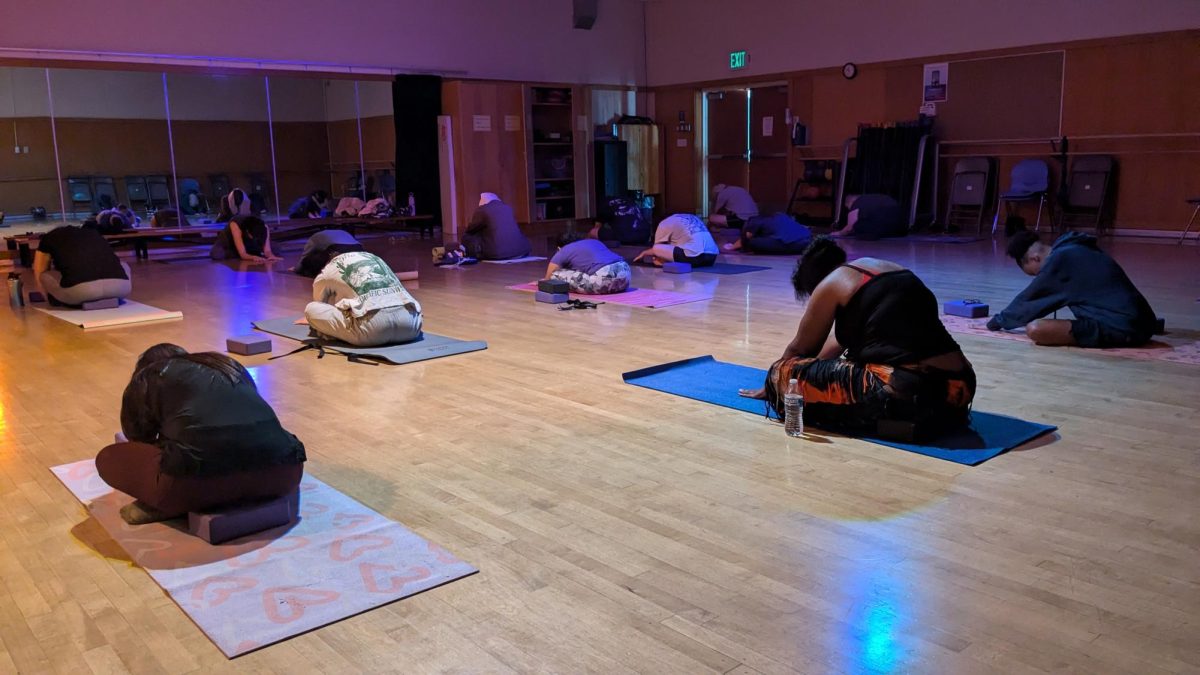“We were struck by lightning, all three of us — worst luck in history,” said Heather Jenkins, a paramedic student who participated in a paramedic training scenario March 19, in which some students played victims and some worked the incident as though a real medical emergency.
This multiple casualty incident (MCI) scenario, one of several the paramedic’s cohort participates in weekly, put the students in a position where they had more patients than they had people to care for them.
“Most systems define MCI as any incident that … exceeds your resources,” said paramedic medicine professor Eric Martin.
Even though the chances of encountering a situation where several people have been struck by lightning at the same time are very small, training for such an uncommon occurrence helps paramedic students learn valuable first responder skills.
“The other thing that they try to get out of (the scenario) is multiple patients,” said Martin, “and that was a big part of the whole point here, is to start thinking about the fact that they … have more than one patient and they need to use their resources efficiently.”
It requires a certain type of person to be able to keep her cool as a first responder to an MCI.
“You have to be able to be calm, even though inside you might be screaming,” paramedic student Emily Anne Droesch said. “At some point, it kind of clicks. You just do the call, you do the skills and at the end you may be feeling, ‘I can’t believe that just happened’ or you may need to talk to your partner about it because it was just really stressful or traumatic.”
Grant Goold, dean of the paramedics department, spoke to some of the goals the department has for its students.
“We want the ‘Emilys’ of the program to be able to stand in the middle of that tornado and be able to pick out the things that need to be done, dictate them to her crew, make those decisions, re-evaluate them, move on,” he said.
Droesch said the faculty members are hard on the students, and the training is vigorous, but acknowledged that the intensity is necessary.
“You have to be pretty resilient, especially when you’re training and learning and getting feedback … they’re not trying to be mean. They’re trying to be helpful and you have to be able to take that criticism and do better,” she said.
Martin said of his debriefing efforts after a scenario, “Am I ripping on you? … I’m simply giving you feedback so you can … do better.”
But Droesch isn’t new to intense training. She already has a bachelor’s degree in psychology from Montana State University, and later made the switch to emergency medicine.
“I wanted to go to medical school and didn’t get in. Then I thought I could spend the $300,000 or $400,000 to go to medical school, or (go) to paramedic school with less money and less time and do what I want,” Droesch said.
“Some people … are going to be brilliant academically, are going to be able to get through all my skills. Will be an excellent CTE (Career Technical Education) student,” said Goold. “The challenge we run into is some of those affective components, where Emily’s going to need to stand around a bunch of predominantly men and let them know she’s in charge.”
In her other line of work, Droesch does, in fact, have to be assertive, a skill that translates well to paramedic medicine.
As a patient advocate in 5150 hold cases, Droesch visits a locked treatment facility and visits with mental health patients who have been put on an involuntary hold, or who have been checked into treatment to keep themselves safe. During those visits, she consults with patients about their right to a hearing and what they would like to have presented about their case at the hearing.
“Sometimes it’s ‘No, I want to stay. I need help.’ Sometimes they’re so symptomatic they can’t get out,” she said. “Their discharge plan is, ‘Well, I’m just going to go sleep on the streets…’ The county’s not going to say that’s a safe plan and they’re going to stay.”
Droesch also works as a standby emergency medical technician (EMT) at staged events such as nightclubs, sporting events and concerts, providing all the services a first responder would provide aside from the ambulance.
She explained how although often times she and her partner will have to work by flashlight or in less than ideal circumstance, “(it) gives us and our staff really good experience for being the first on scene … Oftentimes our patients are not responsive or not good historians because they’re intoxicated or they can’t recall what happened.”
It’s a job with certain benefits.
“You’re not having fun until you’re kneeling in vomit taking a blood pressure in the dark,” she said.
But with a paramedic license, “you’re calling the shots,” she said. “You’re more fulfilled.”
With the private EMT companies, Droesch didn’t feel like she was able to use her skills.
“(It) wasn’t about the patient care of it, and while I understand it’s a business and you need to make money, I think it’s just a lot of emphasis on (paperwork),” she said.
Droesch does have one piece of advice for all members of the community: “If you’re going to go out and do stupid things and drink or whatever, at least have a change of clean underwear on in case you have to explain to the paramedics what you’re doing.”


